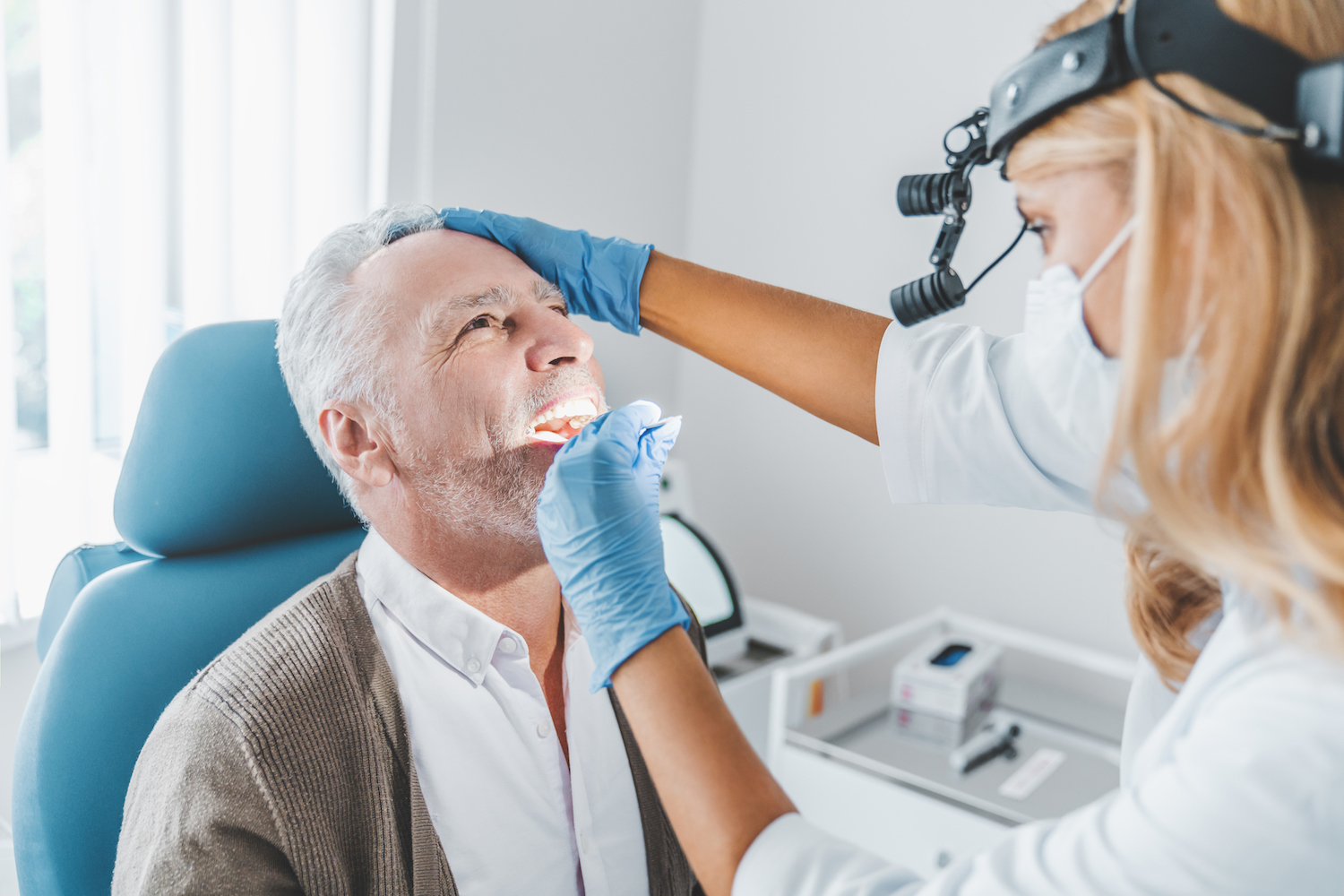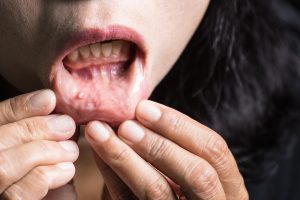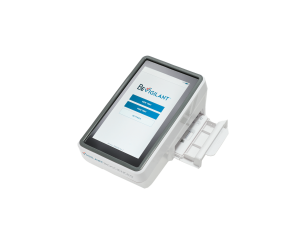Effective checks for confidence and peace of mind
Featured Products Promotional FeaturesPosted by: Dental Design 15th March 2024

Around 8,500 new cases of mouth and oropharyngeal cancer are diagnosed in the UK per year, with dentists playing a key role in the detection of any abnormalities.[i] As oral cancers can present as visible lesions in the mouth, including on the tongue, palate, and inside lining of the cheeks, dentists are able to perform regular checks and make note of anything unusual. This might mean a mouth ulcer which doesn’t go away, a red or white patch, and unexplained pain or soreness in the mouth or throat.[ii] If a patient shows signs such as these, dentists are expected to make a note of their findings, and take the appropriate action – such as arranging an urgent referral.[iii]
While dentists are well placed to check for these symptoms, they may not come across them often. As such, they may feel unsure about what they have seen, and whether they should refer their patient for further examinations. Because of this, dentists may worry that they have missed something important, or delayed their patient’s diagnosis.
Mouth cancer survival rates
 When considering the detection and diagnosis of mouth cancers, it’s important to understand the ways in which early detection can impact survival rates. Overall, for all mouth cancers, more than 75% of people survive for one year or more, and 55% survive for five or more years after diagnosis. When we consider tongue cancer, if it is diagnosed when localised, the survival rate increases to 85% after five years, whereas when it is diagnosed in its later stages, survival reduces to 40%.i
When considering the detection and diagnosis of mouth cancers, it’s important to understand the ways in which early detection can impact survival rates. Overall, for all mouth cancers, more than 75% of people survive for one year or more, and 55% survive for five or more years after diagnosis. When we consider tongue cancer, if it is diagnosed when localised, the survival rate increases to 85% after five years, whereas when it is diagnosed in its later stages, survival reduces to 40%.i
As such, detecting oral cancer lesions when they are in their early stages is hugely beneficial. This can both improve the patient’s chances of long-term survival, and reduce the need for more invasive surgical procedures, and sometimes the need for radiotherapy and chemotherapy.iii In doing this, the long-term effects on the patient’s life are drastically reduced.
Litigation – what are the risks?
Clinicians may be concerned about the risks associated with litigation as a result of dental treatment. This might occur after a mistake was made during treatment which had an impact on the patient, for example. However, litigation relating to oral cancer detection differs in that it relates to a lack of action. The clinical examination is key here. Dentists should always produce a detailed report of the examination findings in the clinical notes, as this will act as evidence that they have checked for and recorded any potential signs of oral cancer.[iv]
Should a dentist detect an unusual lesion, it is essential that detailed contemporaneous notes are made which include a detailed record of any conversations with the patient and referral to specialists. Examination notes should always include a description of the lesion including the size, shape, colour, and texture to ensure accurate records.iv
Clinical notes should also include identification of any risk factors, and discussions had about them with patients. Risk factors might include excessive alcohol consumption and smoking, and clinicians should provide the appropriate cessation advice.iv
Peace of mind
Should a patient make a claim against a dentist, they must be able to demonstrate that duty of care was breached and that, without the breach, they would have suffered less. As  such, they would be suggesting that a delayed diagnosis, missed referral, or misdiagnosis had an effect on the disease progression.iv This highlights the importance of regular checks and accurate note taking to ensure that the dentist has done all they can to detect mouth cancer early.
such, they would be suggesting that a delayed diagnosis, missed referral, or misdiagnosis had an effect on the disease progression.iv This highlights the importance of regular checks and accurate note taking to ensure that the dentist has done all they can to detect mouth cancer early.
While it is not always the fault of the dentist, an estimated 70% of mouth cancers are currently detected in the advanced stage, which is worrying as early diagnosis can significantly improve the five-year survival rates – with detection of lesions smaller than 2 cm ideal.iv This means it’s crucial that dentists know what signs to look out for, and feel confident when referring their patients. As such, it can be very helpful to use a pre-diagnostic tool to double check when clinicians feel uncertain. The BeVigilant™ OraFusion™ system from Vigilant Biosciences® is a quick and easy pre-diagnostic test which gives dentists peace of mind. If a dentist spots a lesion which they think is suspicious, the BeVigilant™ Orafusion™ system can be used to identify the presence of biomarkers associated with oral cancer, producing a result in 15 minutes or less. This is an ideal tool for dentists who would like to be more confident about referring their patients to a specialist.
By carrying out all of the appropriate tests and checks regularly, and keeping a complete and accurate record of each examination, clinicians are able to more effectively detect oral cancer early. This will enable dentists to refer patients for the urgent care they need, and produce the best possible results for their patients.
For more information, please visit https://totaltmj.co.uk/products/bevigilant-orafusion/
Call: 01202 313702 or Email: Info@totaltmj.co.uk
[i] Cancer Research UK. Survival for mouth and oropharyngeal cancer. Accessed January 24. https://www.cancerresearchuk.org/about-cancer/mouth-cancer/survival
[ii] Cancer Research UK. What is tongue cancer? Accessed January 24. https://www.cancerresearchuk.org/about-cancer/mouth-cancer/stages-types-grades/tongue-cancer/about
[iii] Dental Negligence Team. Compensation for undiagnosed mouth cancer. Accessed January 24. https://www.dentalnegligenceteam.co.uk/claim/compensation-undiagnosed-mouth-cancer/
[iv] DDU Journal. Oral Cancer. Accessed January 24. https://ddujournal.theddu.com/issue-archive/issue-2/oral-cancer
No Comments
No comments yet.
Sorry, the comment form is closed at this time.





